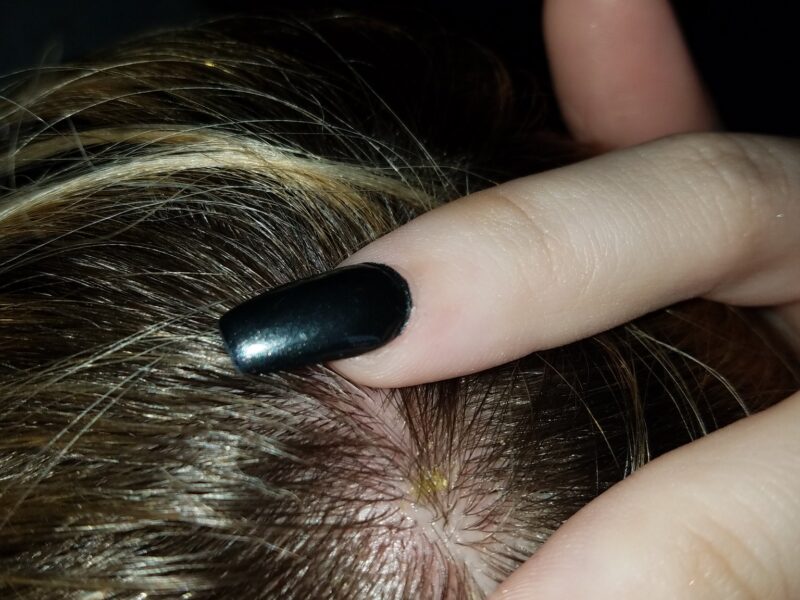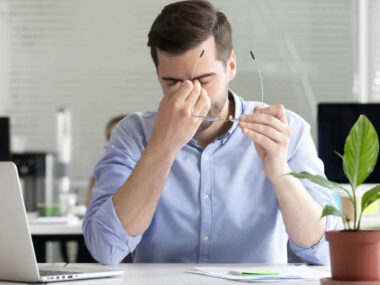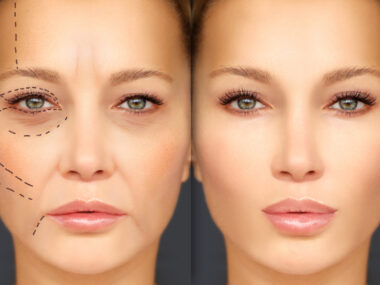Sunburn is a common consequence of prolonged exposure to ultraviolet (UV) radiation from the sun, often resulting in redness, inflammation, and pain. While most people are familiar with sunburns on exposed skin, the scalp is an often overlooked area that is equally susceptible to sun damage.
In this essay, we will explore the causes, symptoms, prevention tips, and treatment options for scalp sunburn, emphasizing the importance of protecting this sensitive area from harmful UV rays.
Understanding Scalp Sunburn
Scalp sunburn occurs when the skin on the scalp is exposed to excessive UV radiation, leading to inflammation and damage to the outermost layers of the skin. This can result in symptoms such as redness, tenderness, itching, and peeling. Scalp sunburn can be particularly uncomfortable and challenging to manage due to the presence of hair, which can trap heat and exacerbate symptoms.
Causes of Scalp Sunburn
Scalp sunburn can occur for several reasons, including:
- Direct Sun Exposure: Spending prolonged periods outdoors without adequate protection exposes the scalp to direct sunlight, increasing the risk of sunburn.
- Thinning Hair: Individuals with thinning hair or bald spots are more susceptible to scalp sunburn, as there is less natural protection from UV radiation.
- Hair Parting: Parting the hair in the same spot repeatedly can leave the scalp vulnerable to sun exposure, especially if the part is wide or if the hair is thin in that area.
- Reflective Surfaces: Surfaces such as water, sand, snow, and pavement can reflect UV radiation onto the scalp, intensifying sun exposure and increasing the risk of sunburn.
Prevention Tips for Scalp Sunburn
- Wear a Hat: Wearing a wide-brimmed hat or a cap with a visor provides excellent protection for the scalp by shading it from direct sunlight. Opt for hats made of tightly woven fabric with a UPF (Ultraviolet Protection Factor) rating for added sun protection.
- Apply Sunscreen: Apply a broad-spectrum sunscreen with a minimum SPF (Sun Protection Factor) of 30 to the scalp and hair parting before sun exposure. Choose a sunscreen specifically formulated for the scalp or a spray sunscreen for easy application.
- Cover Up: If hats or sunscreen are not available, consider covering the scalp with a lightweight scarf, bandana, or UPF-rated clothing to shield it from the sun’s rays.
- Seek Shade: Whenever possible, seek shade under trees, umbrellas, or other structures to reduce direct sun exposure to the scalp.
- Avoid Peak Sun Hours: Limit outdoor activities during peak sun hours, typically between 10 a.m. and 4 p.m., when UV radiation is strongest.
- Stay Hydrated: Drink plenty of water to stay hydrated and help maintain the skin’s natural moisture barrier, which can reduce the risk of sunburn.
- Protective Hairstyles: Consider wearing hairstyles that provide additional coverage and protection for the scalp, such as braids, buns, or ponytails.
- Regular Scalp Checks: Perform regular scalp checks to monitor for signs of sunburn or skin damage, especially after spending time outdoors.
Treatment Options for Scalp Sunburn

- Cool Compresses: Apply cool, damp compresses to the scalp to soothe inflammation and reduce discomfort associated with sunburn.
- Aloe Vera Gel: Apply pure aloe vera gel to the sunburned scalp to help hydrate the skin, reduce inflammation, and promote healing. Avoid products containing alcohol or fragrances, as these can further irritate the skin.
- Hydrating Hair Masks: Use hydrating hair masks or conditioners to nourish the scalp and hair follicles, replenishing moisture lost due to sun exposure.
- Over-the-counter Pain Relievers: Over-the-counter pain relievers such as ibuprofen or acetaminophen can help alleviate pain and discomfort associated with scalp sunburn.
- Avoid Scratching: Avoid scratching or picking at sunburned areas to prevent further irritation and potential infection.
- Stay Hydrated: Drink plenty of water to stay hydrated from the inside out, which can help support the body’s natural healing process.
- Moisturize: Apply a gentle, fragrance-free moisturizer to the scalp to help soothe dryness and prevent peeling as the sunburn heals.
- Seek Medical Attention: If the scalp sunburn is severe or accompanied by symptoms such as blistering, fever, or nausea, seek medical attention promptly for evaluation and treatment.
Conclusion
Scalp sunburn can be a painful and uncomfortable experience, but with proper prevention and treatment, it can be effectively managed and healed. By following sun protection measures such as wearing hats, applying sunscreen, seeking shade, and staying hydrated, individuals can significantly reduce their risk of scalp sunburn and protect their skin from sun damage.
If scalp sunburn does occur, prompt treatment with cooling compresses, aloe vera gel, hydrating hair masks, and over-the-counter pain relievers can help alleviate symptoms and promote healing. With proactive sun protection and proper care, everyone can enjoy the outdoors safely while minimizing the risk of scalp sunburn.










